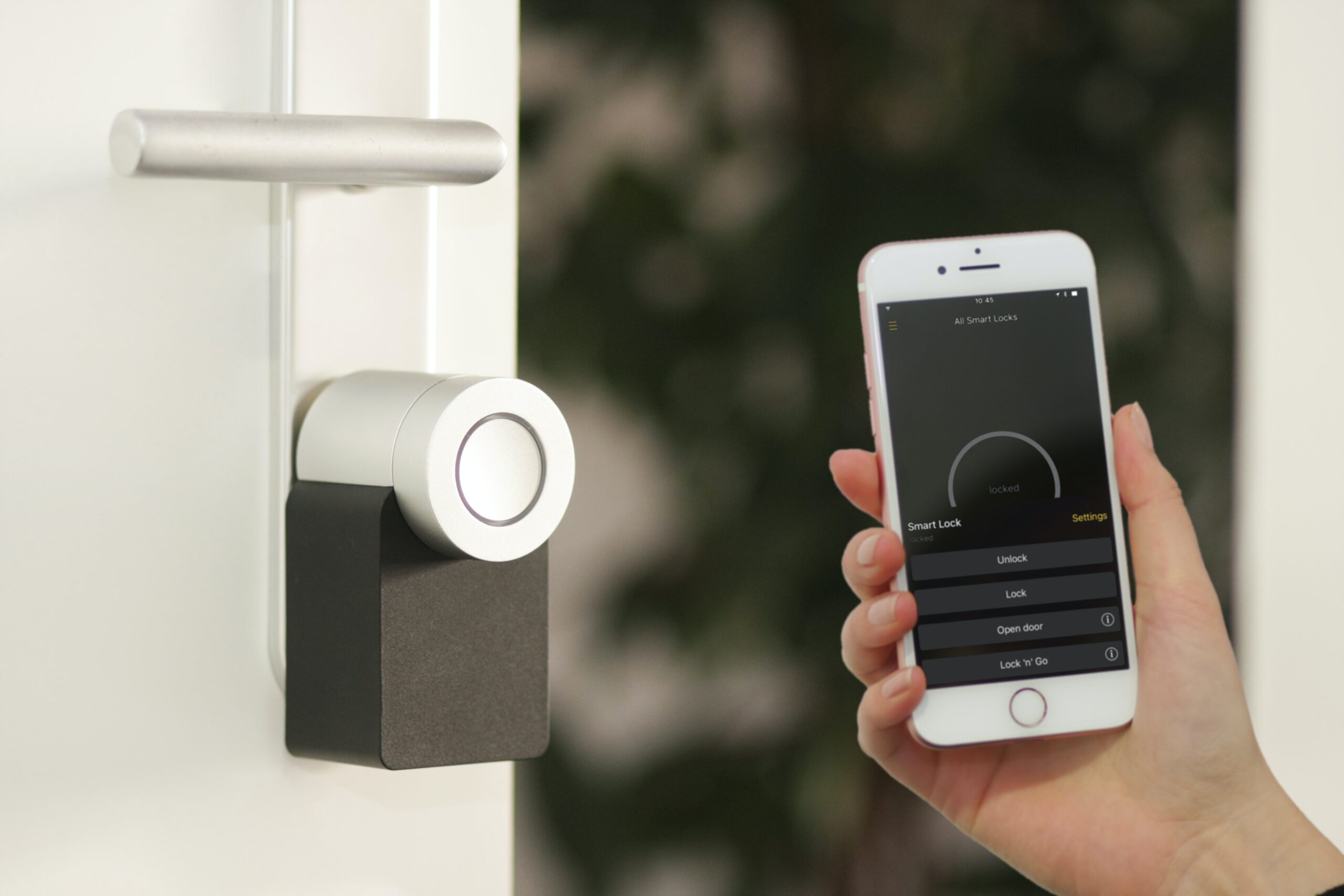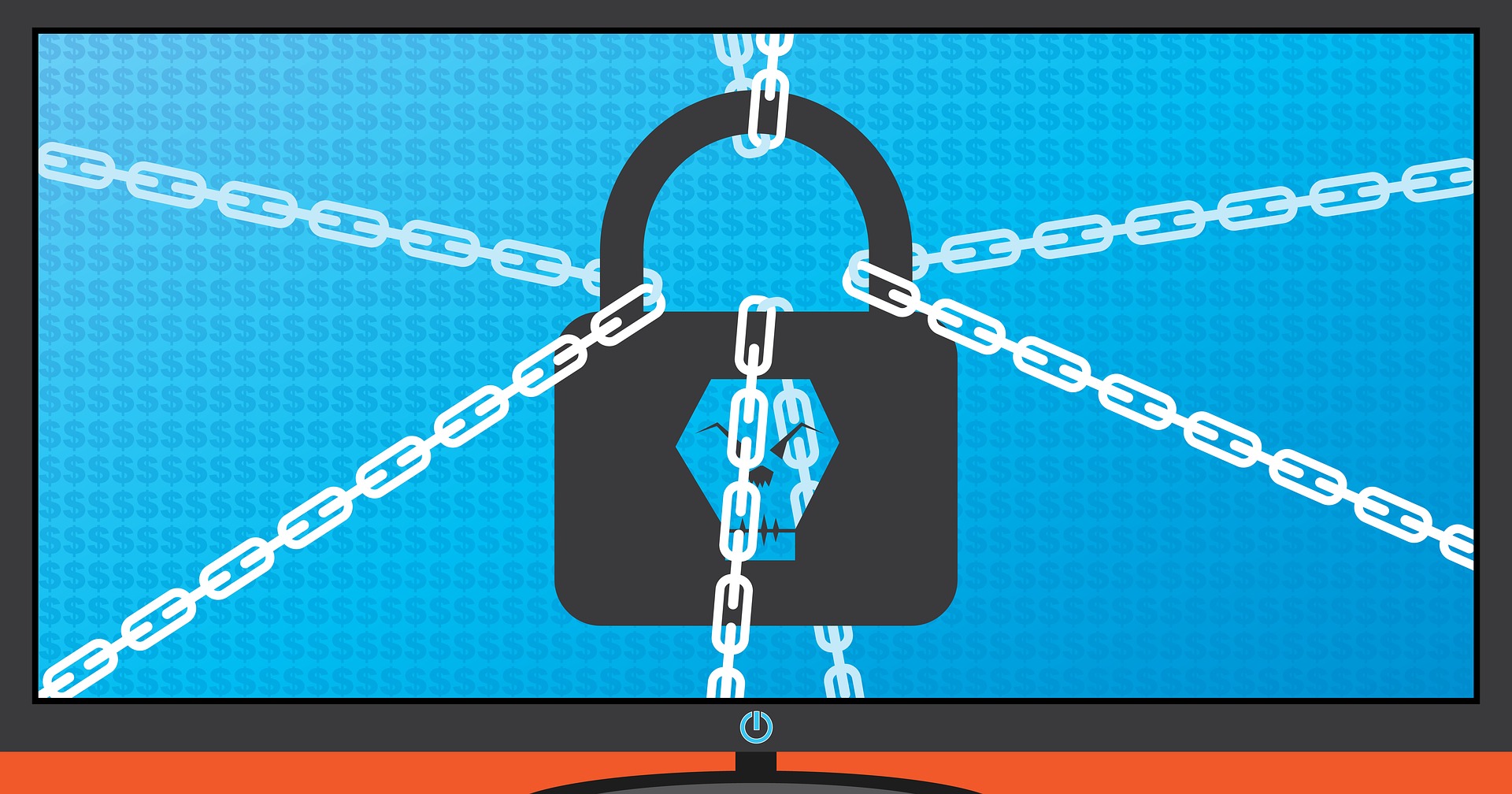
What Are the Most Helpful VoIP Features for Small Businesses?
Just five or six years ago, VoIP was still considered a “different” type of business phone system. One that wasn’t the norm. But the pandemic changed that way of thinking. Now internet-based phone systems aren’t simply the norm. They’re mandatory for business continuity. During the pandemic, VoIP and video conferencing have skyrocketed by over 210%. […]






